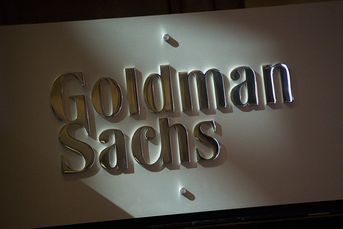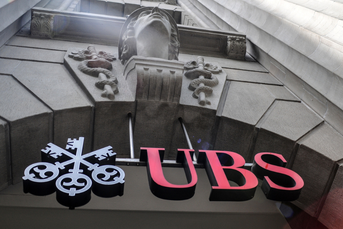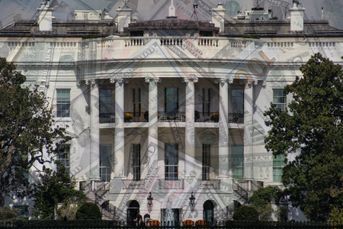Why are FX market hedges failing to perform?

JPMorgan Chase says investors who bought currency hedges are seeing underperformance
Currency-market volatility is starting to look like a no-show, making hedging strategies too costly to maintain for some.
As central banks’ hawkish drumbeat drags on and global growth stays surprisingly resilient, the swings that investors bought options to protect themselves against have yet to materialize.
Currency volatility has been crushed and strategies attempting to time its return have been unsuccessful. JPMorgan Chase & Co.’s index tracking six-month implied volatility for Group of 7 currencies shows levels hovering around their lowest in over a year.
“We’re seeing less and less demand for FX volatility,” said Julian Weiss, head of global G10 vanilla options at Bank of America Corp. “Investors who had bought hedges and positioned for a more volatile environment earlier in the year ultimately had to be stopped out because they simply weren’t performing.”
The options contracts used for hedging offer investors the right to buy or sell an asset if market prices hit a certain level. If they fail to do so, the premium paid for the option is lost and the strategy is unprofitable.
As the euro trades in its tightest yearly range against the dollar since inception and implied volatility for the pair over the next six months oscillates around a 17-month low, the market offers no reason to ramp up hedges, according to Mark Dragten portfolio manager at Insight Investment.
Until more concrete signs emerge of the broader backdrop changing, investors are taking “unnecessary risk by utilizing their whole risk budget,” he said. Historically, volatility is at average levels — suggesting cheap hedges may get cheaper, he said.
Some firms are trying to profit from the continued decline.
“The world will not fall apart,” said Dominic Schnider head of global foreign exchange and commodities at UBS Wealth Management. He’s been selling strategies in the pound, Australian dollar and the yen, betting that volatility will subside further this quarter.
What Bloomberg strategists say…
FX volatility isn’t as low as one may think, it’s simply in mean-reversion mode — three-month hedging costs for the Group-of-10 currencies for instance are close to their 10-year average. Low conviction and summer lull call the shots for now, with textbook short-gamma, long-vega strategies in play. Tail risks aside, volatility spikes will keep meeting fading interest for as long as no great divergence emerges on the monetary policy front for the major central banks.
– Vassilis Karamanis, FX and rates strategist at Bloomberg
Even some of the volatility bulls are adopting a more nuanced posture. After recommending in May that investors build broad-based hedges, strategists at BNP Paribas SA now see a much more complex environment, requiring a case-by-case approach.
“The volatility market has become more interesting now then it may have been a few months ago,” said Oliver Brennan, citing opportunity for investors to continue selling front-end euro-dollar volatility, while hedging for more volatility in currency pairs where central bank divergence and recession risks are most acute.
But others, including Invesco Asset Management and RBC Bluebay AM are sticking to wagers that the market calm is unwarranted, and that it’s premature to ditch hedging strategies as central banks near the end of their rate-hike cycle.
“There’s too much complacency around,” said Georgina Taylor, head of multi-asset at Invesco. She’s been hedging for an upswing in volatility since Spring.
Still-hawkish policymakers have delayed the summer of risk not canceled it, Taylor says. Central bank meetings over the next few months and the market’s microscopic focus on individual economic data justifies holding onto options that will pay out if volatility picks up, she said.
“It is hard to pinpoint the exact event risk on the horizon, but that itself is only one side of the coin,” said Gautam Kalani, a currency portfolio manager at Bluebay. He cited the potential for a sharp decline in liquidity, a dramatic worsening in global growth and the growing risk of the Federal Reserve “breaking something” as it continues hiking.
“The narrative can easily change,” he said.
Learn more about reprints and licensing for this article.








